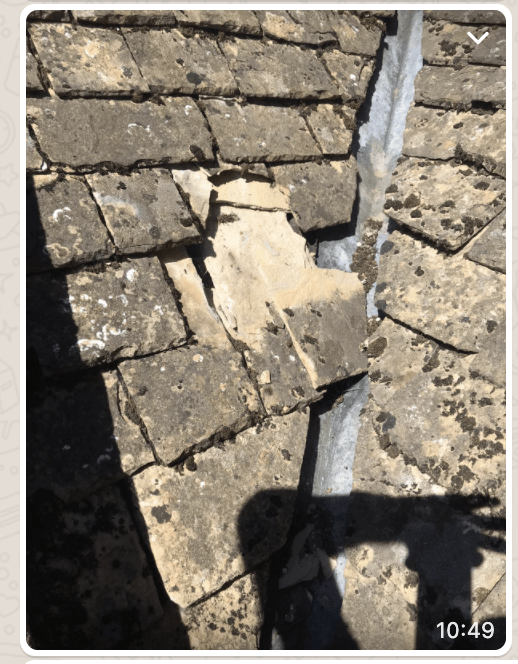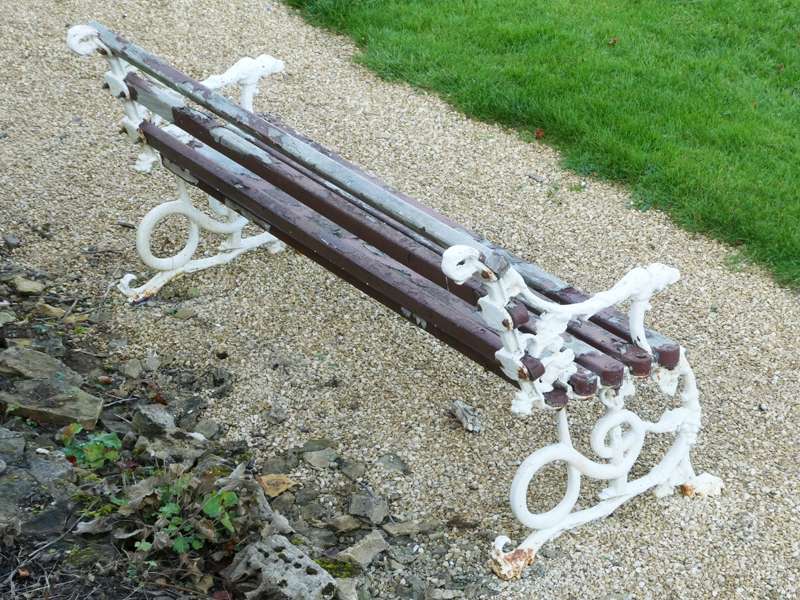
Little by Little
A boat has been defined as “a hole in water into which you pour money.” Similarly, anyone who owns a house is very aware of the ongoing expense of its maintenance, the larger and older the house, the greater its upkeep. The Park’s fabric is between 160 and 380-years-old and, with its eight acres of grounds, it constitutes a very large hole into which our annual dues are poured. Despite inflation, however, it is worth noting that those dues have been pegged at their present level since the 2016-2017 year, even as substantial improvements, such as the new sewerage disposal system and a conversion of the heating system primary source from oil to heat pump have been made.
Large works such as painting and masonry repairs always attract attention because of their high price ticket, very visual execution, and/or nuisance value, but there is also a constant groundswell of ongoing smaller works that have to be dealt with. All jobs, big or small, have to follow a similar pattern: identification of suitable contractors, attending on their exploratory visits, obtaining competitive quotes, budgetary checks, placing the contract, supervising work on site, inspecting the results and approving payment. The elected, volunteer Directors that constitute the Board of the Management Committee do this work, except in the case of large contracts, where our Agents may invite the quotations and usually contract the work. The Directors assume the administrative load of the smaller works in order to keep our Agent’s fees at a minimum, but their organization still follows the usual pattern.
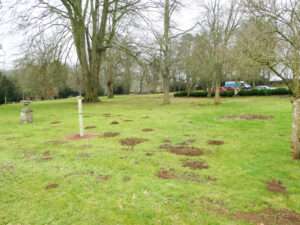
It may seem that some perfectly obvious jobs go unattended for longer than they should, but a budget only stretches so far and the due process of dealing with them is not always smooth. There are always urgencies that arise out of poor weather or other causes that may delay intended or scheduled work. Some of the examples of small works shown here have been completed, some are in progress, and others are either on a contractor’s list or awaiting process. Little by little, the house and its estate are being brought to a higher standard of maintenance. As far as large works are concerned this year, the east façade is scheduled for painting and masonry repairs to the west and north facades and their chimney tops are planned.
Left: Molecatcher required, an ancient craft now at a premium.
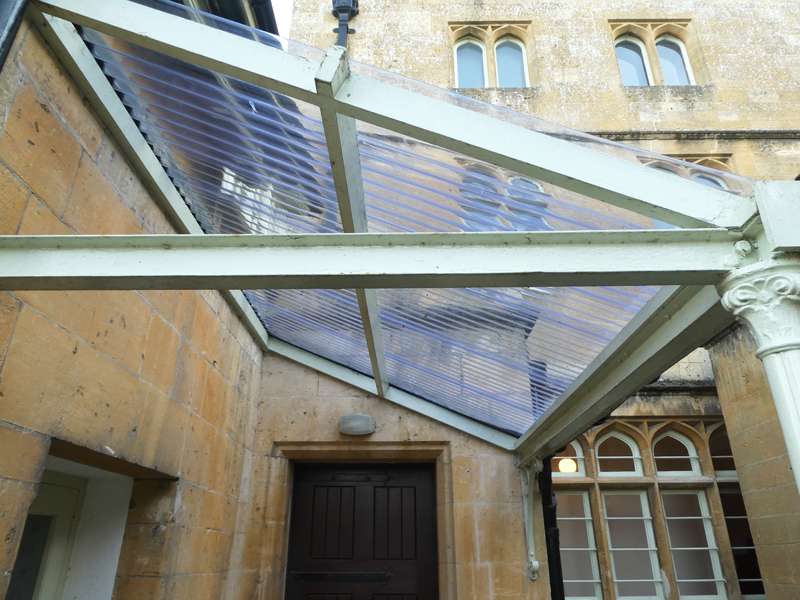
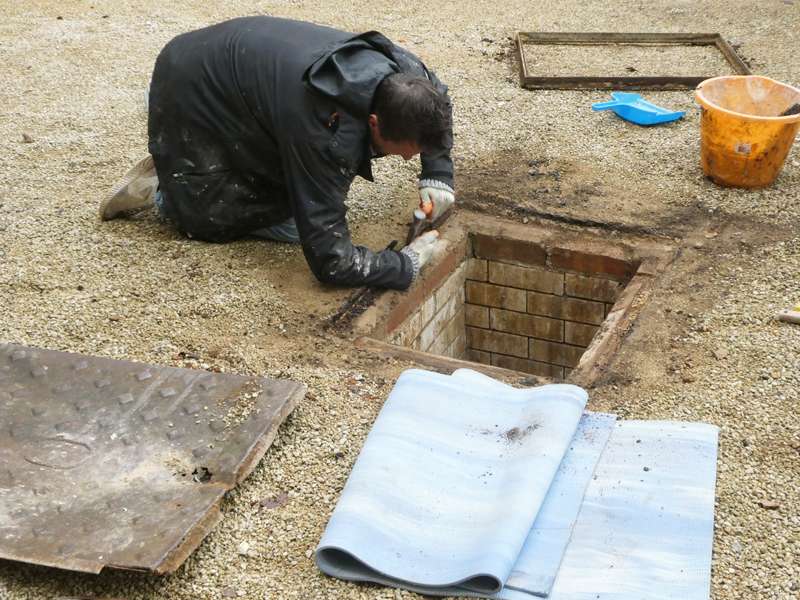
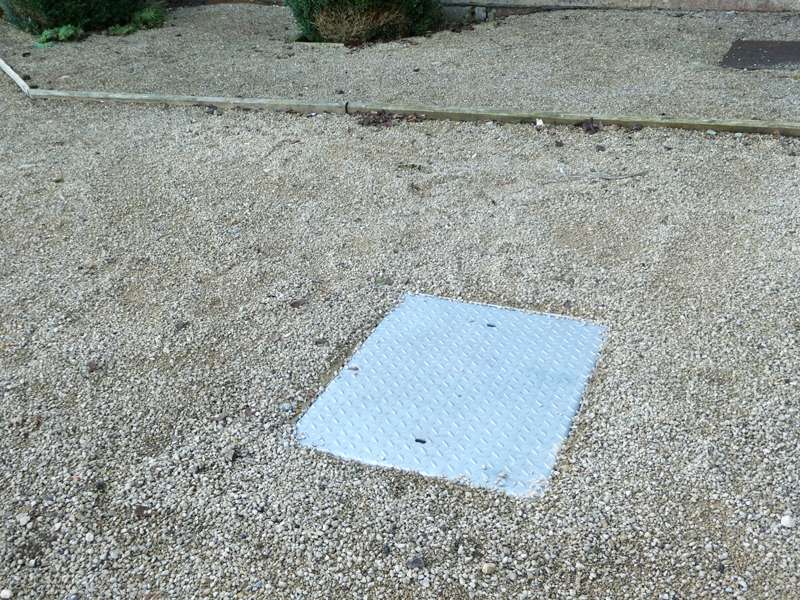
New corrugated sheets over the north entrance to replace the old, discoloured ones damaged by high winds.
The old, damaged manhole cover in the rear courtyard was in danger of collapsing into the manhle.
The new 10-tonne, road standard cover replaces the damaged pedestrian strength one.
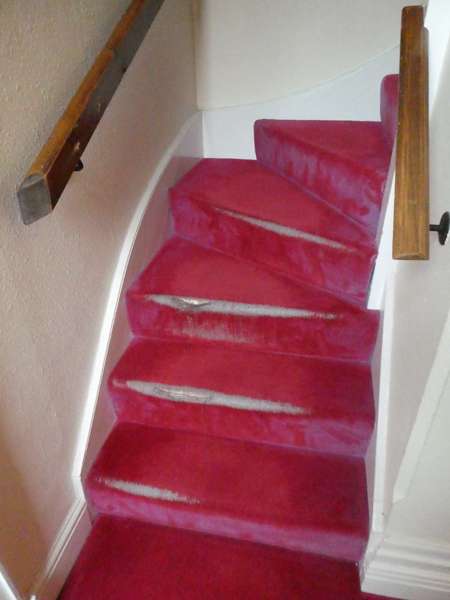
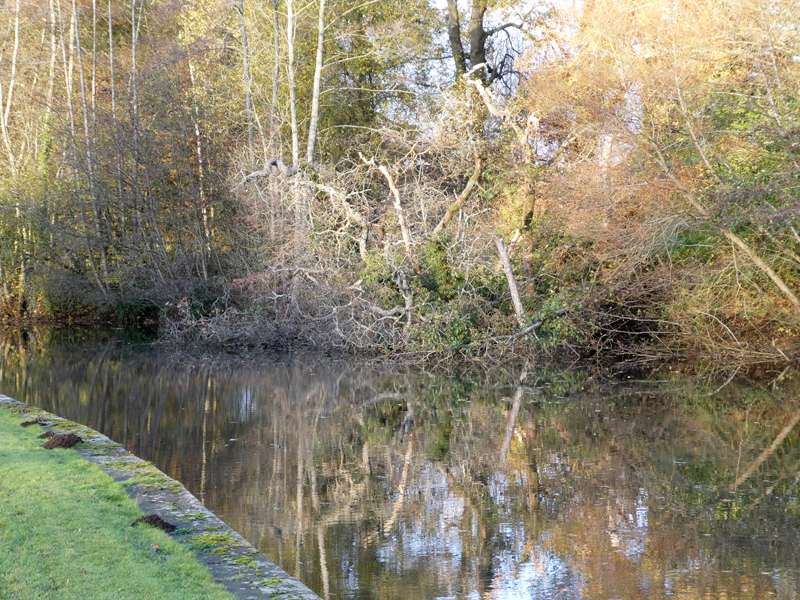
Above: A tree blown down in the lake to be removed.
Left: New carpet required.
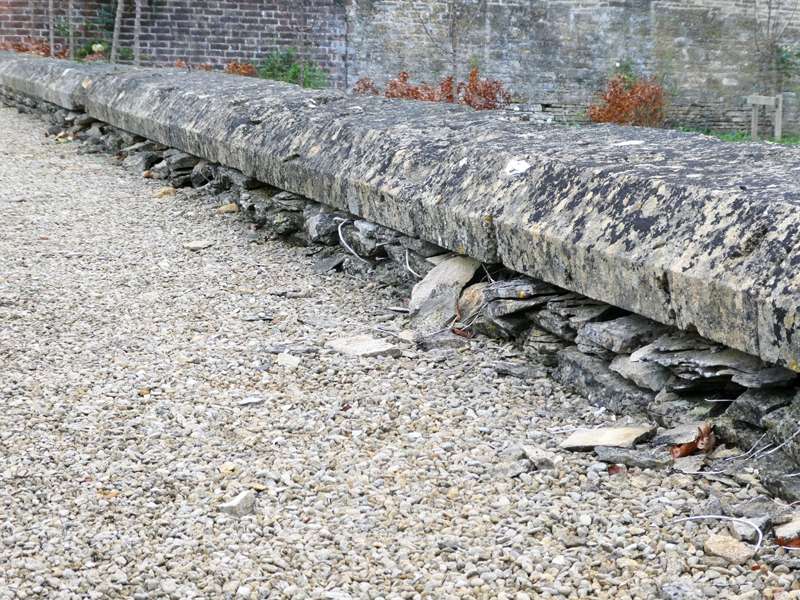
Several dwarf walls in need of repair.
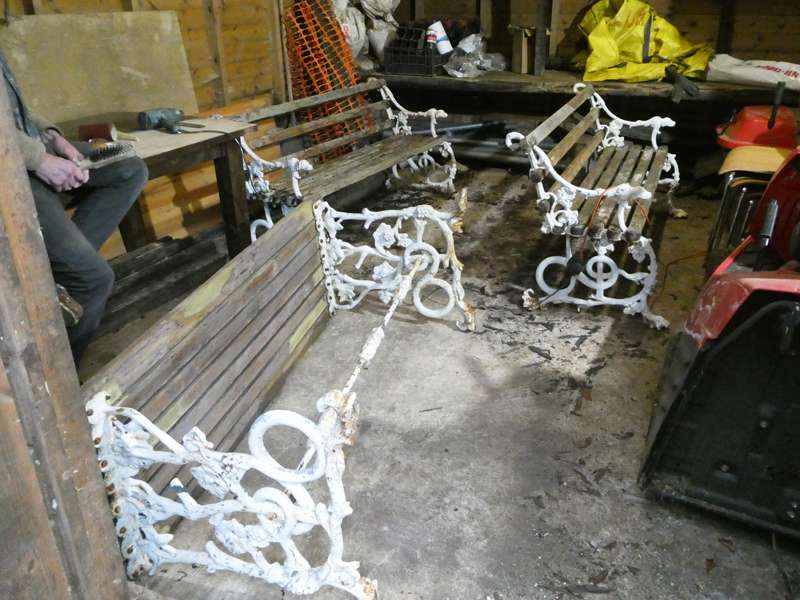
Left: The unsuitable old paint is being removed from the benches and table and the slats treated with a suitable hardwood preservative. At the same time the white work is being prepared and repainted. They will soon re-appear, newly refurbished.
Right: Slipped or broken roof tiles cause leaks. Though a small defect in themselves, they can be difficult (i.e. expensive) to reach and rectify.
